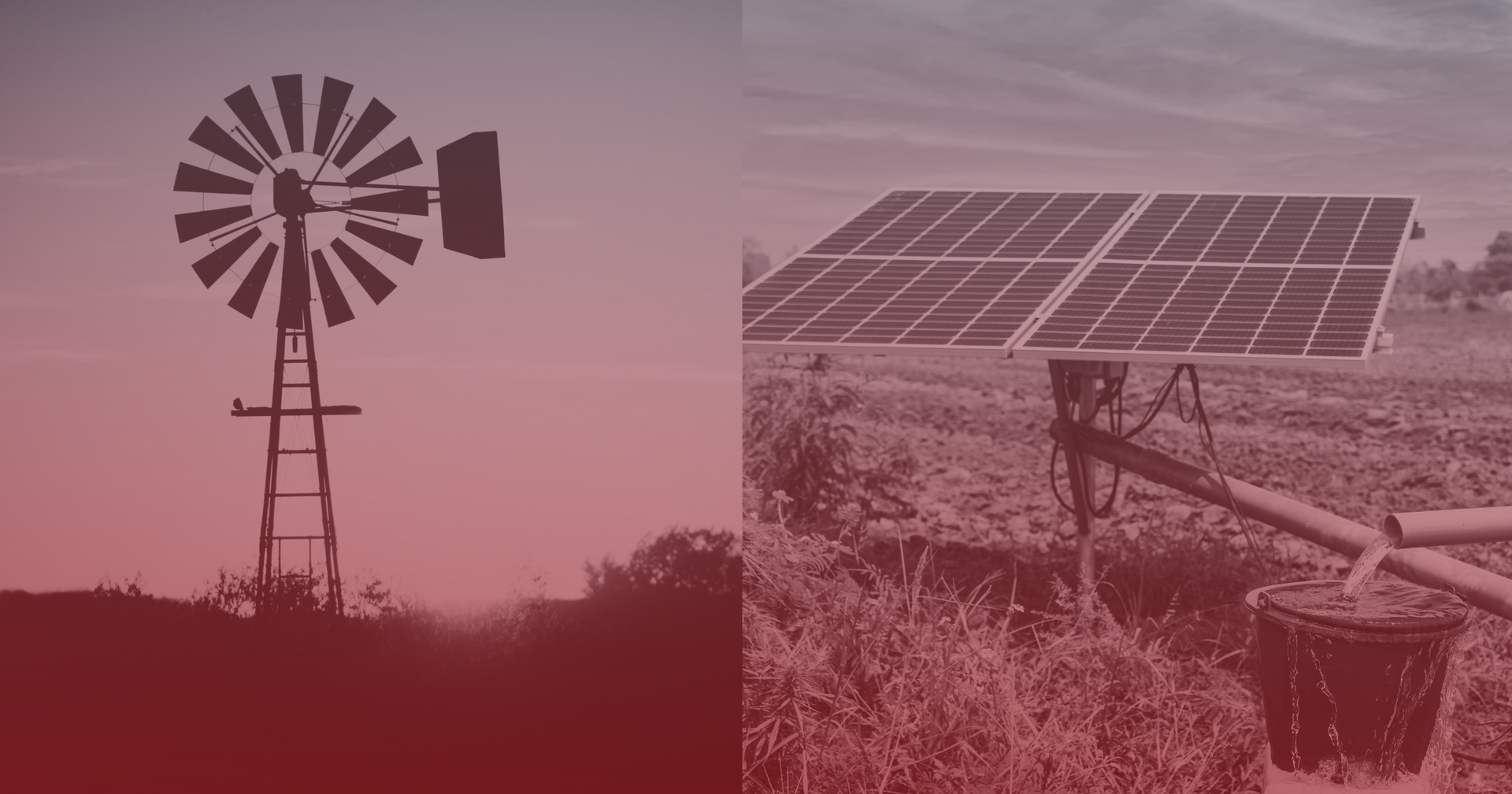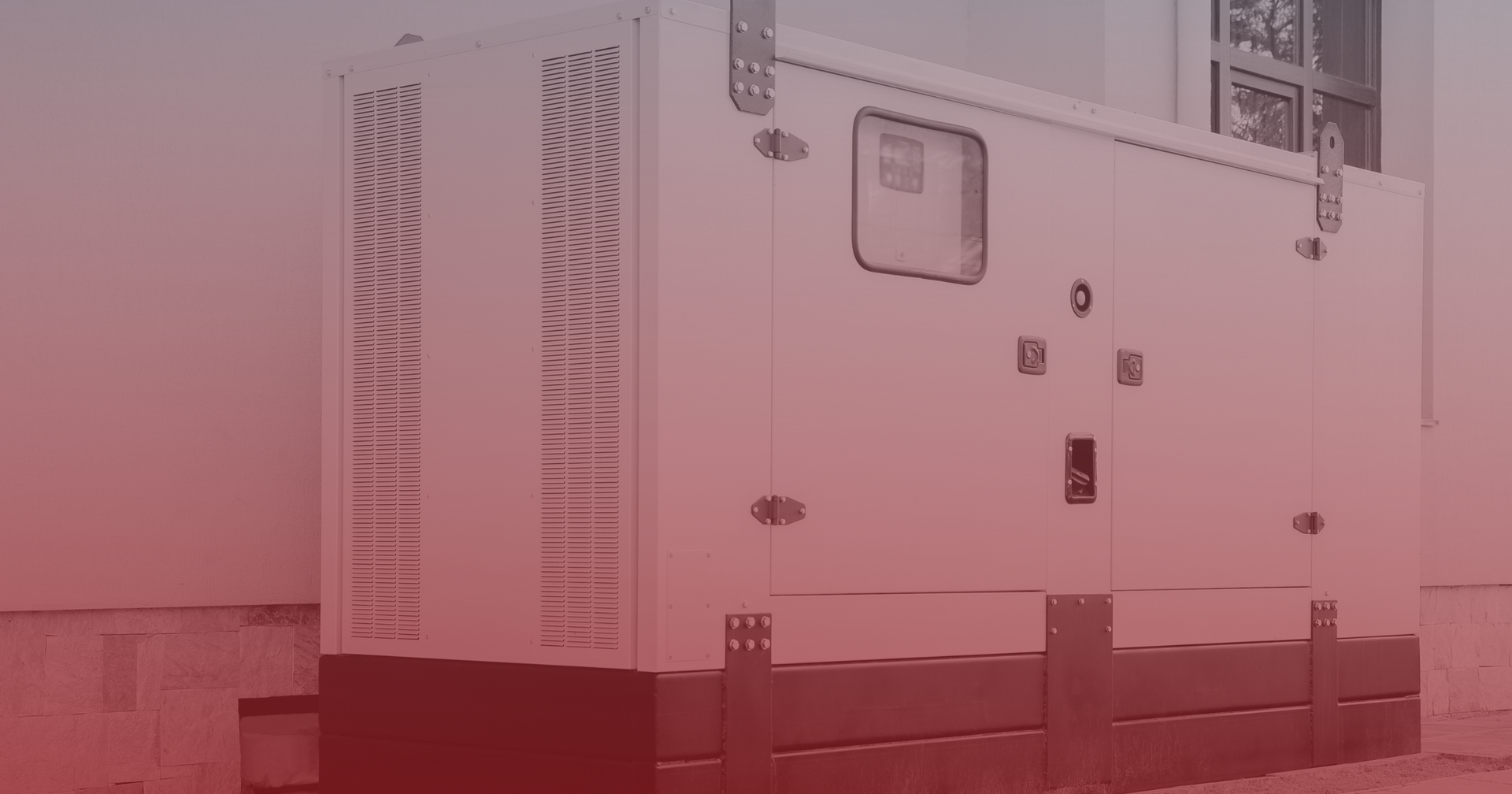How to Choose the Right Location for Your Well
Factors to Consider for Optimal Well Placement
Choosing the right location for your well is critical for ensuring water quality, system longevity, and overall efficiency. Proper well placement can prevent contamination, reduce maintenance issues, and provide a reliable water supply. Flint Hills Windmill & Well Pump Service is here to guide you through the essential factors to consider when determining the best spot for your well. Here’s what you need to know:
Distance from Contaminants: To protect your well water from contamination, it's vital to place your well at a safe distance from potential pollution sources. Contaminants can include septic systems, livestock areas, agricultural chemicals, and industrial sites. Ensuring an adequate distance helps prevent harmful substances from leaching into your water supply. Recommended Distances:
- Septic Systems: At least 50 feet away.
- Livestock Areas: At least 50 feet away.
- Agricultural Chemicals: At least 100 feet away from areas where chemicals are applied.
Topography: The topography of your property plays a significant role in well placement. Ideally, wells should be located uphill from potential sources of contamination. This positioning helps prevent surface runoff from carrying pollutants into the well. Key Considerations:
- Elevation: Place your well at the highest practical point on your property.
- Drainage Patterns: Avoid areas prone to flooding or poor drainage.
Legal Requirements: Compliance with local regulations is crucial when choosing a well location. These regulations often specify minimum distances from property lines, buildings, and other structures, as well as guidelines for well depth and construction. Steps to Ensure Compliance:
- Research Local Codes: Familiarize yourself with the specific requirements in your area.
- Obtain Permits: Secure any necessary permits before drilling.
- Schedule Inspections: Plan for inspections during and after construction to verify compliance.
Accessibility: Easy access to your well is essential for regular maintenance, repairs, and inspections. A well that is difficult to reach can complicate routine upkeep and increase the likelihood of neglect, which can lead to system failures and costly repairs. Factors for Accessibility:
- Proximity to Buildings: Ensure the well is close enough to your home or business for easy access but far enough to prevent contamination risks.
- Road Access: Consider access roads or paths that allow maintenance vehicles to reach the well site.
- Clearance: Keep the area around the wellhead free from obstructions such as trees, fences, and structures.
Soil and Geological Considerations: The soil type and geological characteristics of your property can impact well construction and water quality. Different soil types and rock formations can affect the ease of drilling, the stability of the well, and the natural filtration of groundwater. Assessment Steps:
- Soil Testing: Conduct soil tests to determine the best drilling techniques and materials.
- Geological Survey: Evaluate the underlying rock formations to ensure a stable and secure well structure.
Water Table and Aquifer Location: Understanding the depth and location of the water table and aquifers beneath your property is crucial for successful well placement. Wells need to reach a reliable aquifer that provides a consistent and sufficient water supply. Key Considerations:
- Water Table Depth: Determine the depth at which groundwater is consistently available.
- Aquifer Characteristics: Assess the capacity and recharge rate of the aquifer to ensure long-term water availability.
Selecting the right location for your well involves careful consideration of multiple factors, including distance from contaminants, topography, legal requirements, accessibility, soil and geological conditions, and water table depth. By taking these factors into account, you can ensure a safe, efficient, and long-lasting water supply for your property.
Flint Hills Windmill & Well Pump Service is dedicated to helping you choose the optimal well location. Our expert team provides comprehensive site assessments, regulatory compliance assistance, and professional well installation services. Contact us today to learn more about how we can ensure your well is perfectly placed for maximum efficiency and safety.









